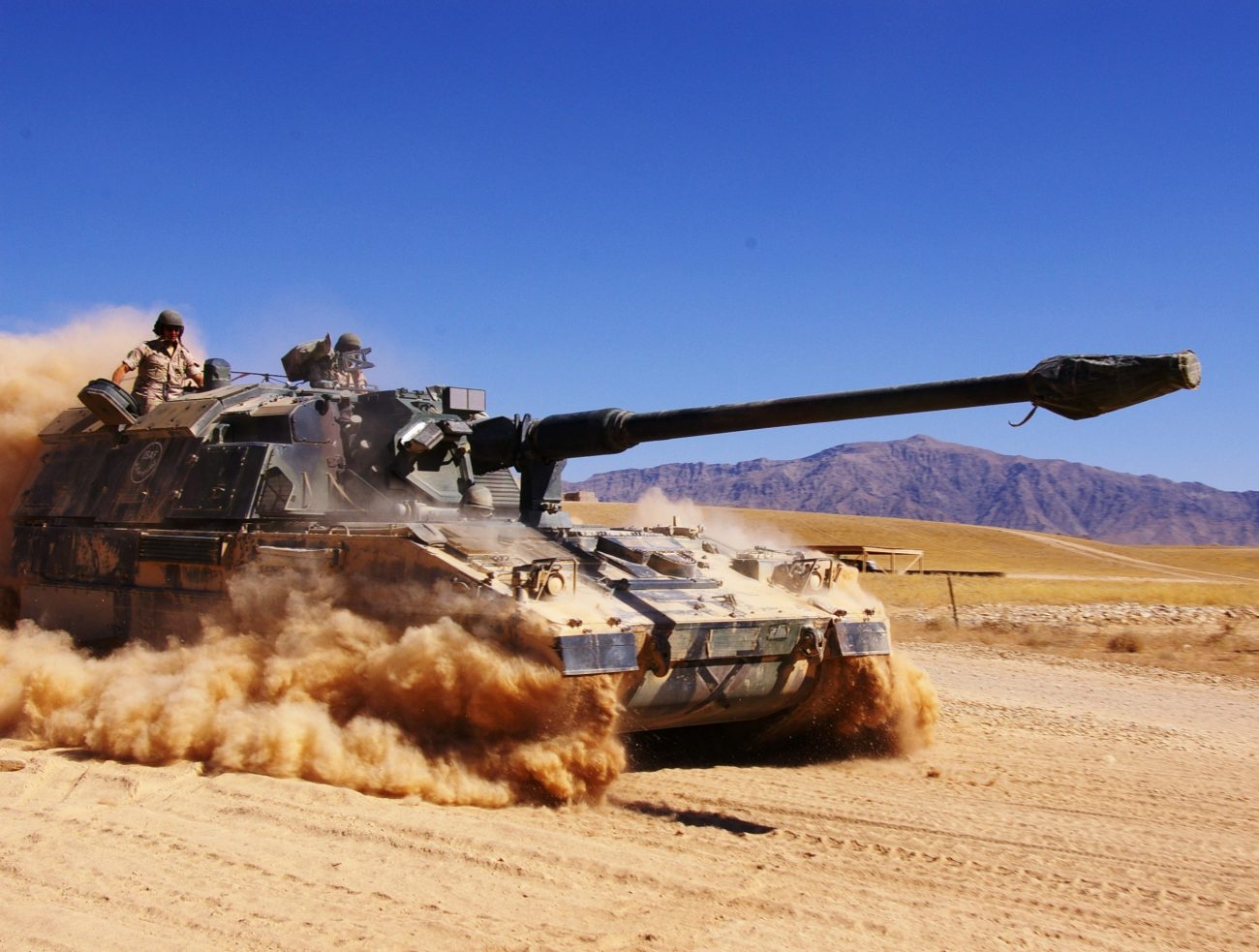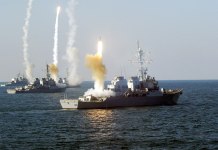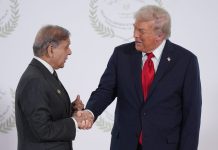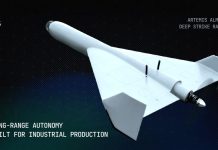German Panzerhaubitze (PzH) 2000 self-propelled howitzers, hailed as the modern replacement for old Soviet artillery in the Ukrainian military service, are struggling to perform in Ukraine’s challenging terrain.
According to a recent report from The New York Times, the PzH 2000 is not performing to its optimal standard in Ukraine compared to the Soviet-made Peony system.
The report said that the Peony’s claw-like tracks, made of metal, have given it an advantage over the German howitzers in muddy conditions.
The tracks provide better traction, allowing the Peony to maneuver more easily in the challenging terrain.
The report also noted that Ukraine recently decided to remove all their German self-propelled artillery mounts (ACS) from the battlefield due to their inability to escape should they come under Russian shelling.
Lieutenant Serhii, who serves with Ukraine’s 43rd Separate Artillery Brigade, expressed concerns over the German self-propelled artillery guns.

He stated that the vehicles would get stuck in unusually wet ground terrain conditions, raising the question of what the military would do if they came under fire. He revealed that the guns had to be towed out of muddy conditions when they became stuck.
“Deep and black, with a consistency similar to a mixture of cookie dough and wet cement, spring mud is one of the obstacles that the Ukrainian military, for all its ingenuity, finds difficult to overcome,” the report reads.
Nevertheless, the German howitzer has better features than the Soviet-made Peony artillery system. It features advanced technology, such as an electronic targeting system and automatic loading, which allows soldiers to fire a volley of shells much faster than the old system.
In addition, the German howitzer also provides better protection for soldiers. The vehicle includes an armored capsule where soldiers can ride safely, even in the face of direct hits by mortars or indirect fire from various artillery shells.

This is a significant improvement over the Soviet-made Peony artillery system, which offered no armor, exposing soldiers to enemy fire.
The German Panzers are equipped with rubber treads that perform well on flat, hard surfaces. In favorable conditions, the Panzer is agile and fast, enabling soldiers to quickly fire a few rounds and retreat before the Russian side can return fire.
However, the howitzer has a vulnerability to environmental conditions. The equipment’s sensitive electronics are prone to malfunction when exposed to moisture or dirt, requiring soldiers to wear special booties or slippers inside.
Each vehicle also comes with a vacuum cleaner. The report noted that the German-made 155mm howitzers were kept in climate-controlled garages in Germany when not in use, a luxury not available in the rugged Ukrainian battlefield.
Mykola, an artillery commander, referred to the German Panzerhaubitze by its nickname “The Panzer” and noted that the vehicle requires high cleanliness. “If you fire off two full loads of ammunition, you need to spend a day servicing it,” the commander added.
‘Image Collapse’ Of The German Guns
A Russian military expert has declared the failure of the German self-propelled guns that were recently transferred to Kyiv. The expert noted that the image of the guns had been tarnished due to their poor performance in the field.
Military expert Vladislav Shurygin declared that the guns failed to demonstrate their capability during Russia’s special military operation (SVO) to protect Donbas region.
Shurygin told Ria Novosti that before the start of the Russia-Ukraine war, the PzH 2000 was widely regarded as one of the best self-propelled guns in the world.
Shurygin explained that the main problem with the PzH 2000 is that the German military industry designed it based on combat situations relevant 80 years ago.
The gun has impressive ballistics and advanced electronics that perform well in the controlled environments of European topography and roads.

However, when the self-propelled guns were deployed in the current conflict in Russia, where its “ancestors” had been destroyed in great numbers, it became clear that the system needed different characteristics to be effective in these conditions.
The key characteristics necessary for self-propelled guns in the current conflict include survival, maneuverability, and maintainability in all conditions.
They also need to be easy for less technically proficient crews to use. But, the PzH 2000 does not meet these requirements, the expert noted.
In other words, while it’s an impressive piece of machinery in some respects, it’s simply not cut out for the unique challenges of the Russian conflict.
The combat system that was once ideal and considered among the best has faced an “image collapse.” Shurygin concluded that the system was quite an ordinary machine and could not make a turning point in Russia’s special military operation.
- Contact the author at ashishmichel@gmail.com
- Follow EurAsian Times on Google News




